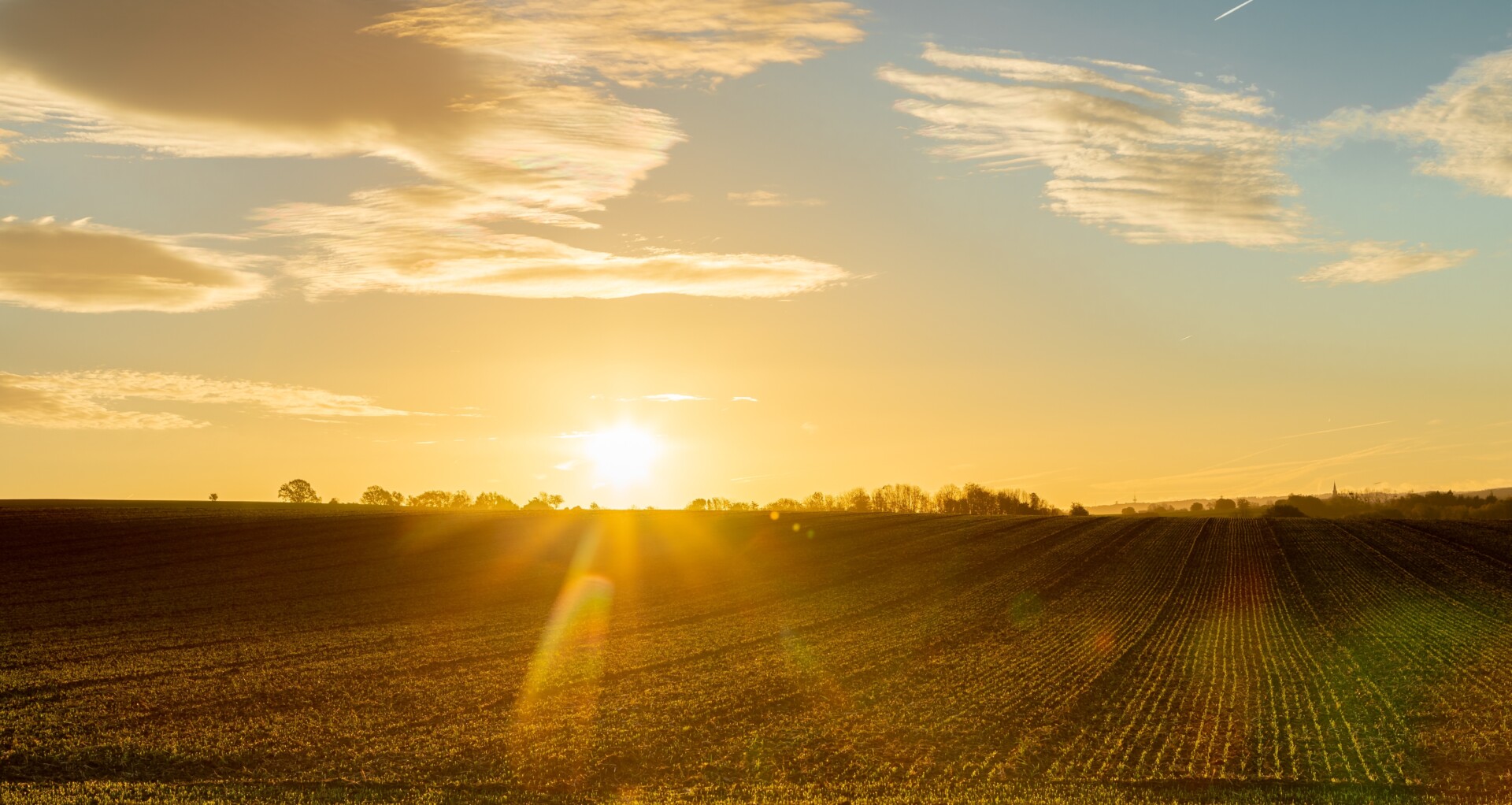
What is the biggest challenge facing the future of agriculture?
story by CSU MarComm Staff
published Sept. 28, 2023
With challenge comes opportunity, and there is no shortage of knowledgeable researchers at Colorado State University who are thinking deeply about how to answer important questions facing the future of agriculture. Experts across multiple disciplines are engaged in forward-thinking research on topics such as soil biodiversity and methane emissions from cattle. Given CSU’s breadth of expertise in all-things agriculture — from the College of Agricultural Sciences and the College of Veterinary Medicine and Biomedical Sciences to the Walter Scott, Jr. College of Engineering and the Office of Extension and Engagement — we asked faculty to consider the follow question:
“What’s the biggest challenge and/or opportunity for the future of agriculture and why?”
Here’s what they had to say.
Raymond Goodrich

Professor in Department of Microbiology, Immunology and Pathology in the College of Veterinary Medicine and Biomedical Sciences
“At the risk of suffering from being the proverbial hammer, which sees every problem as a nail, I do believe that addressing animal disease threats, both existing and emerging, is a significant item of concern to the future of agriculture. It is very akin to the same concerns related to human disease, and I believe that we have all lived through what the consequences of the manifestation of a new, emerging disease threat can do not just to human health, but also to economic and societal aspects of the human experience. An outbreak that decimates crops and livestock also decimates those who make a living from growing and raising them. It also decimates a public which relies on food for good health, nutrition and the basic support of life functions. The opportunity that I see is in addressing the challenges by finding ways to create and develop concerted efforts to tackle these threats.”
Dr. Ragan Adams
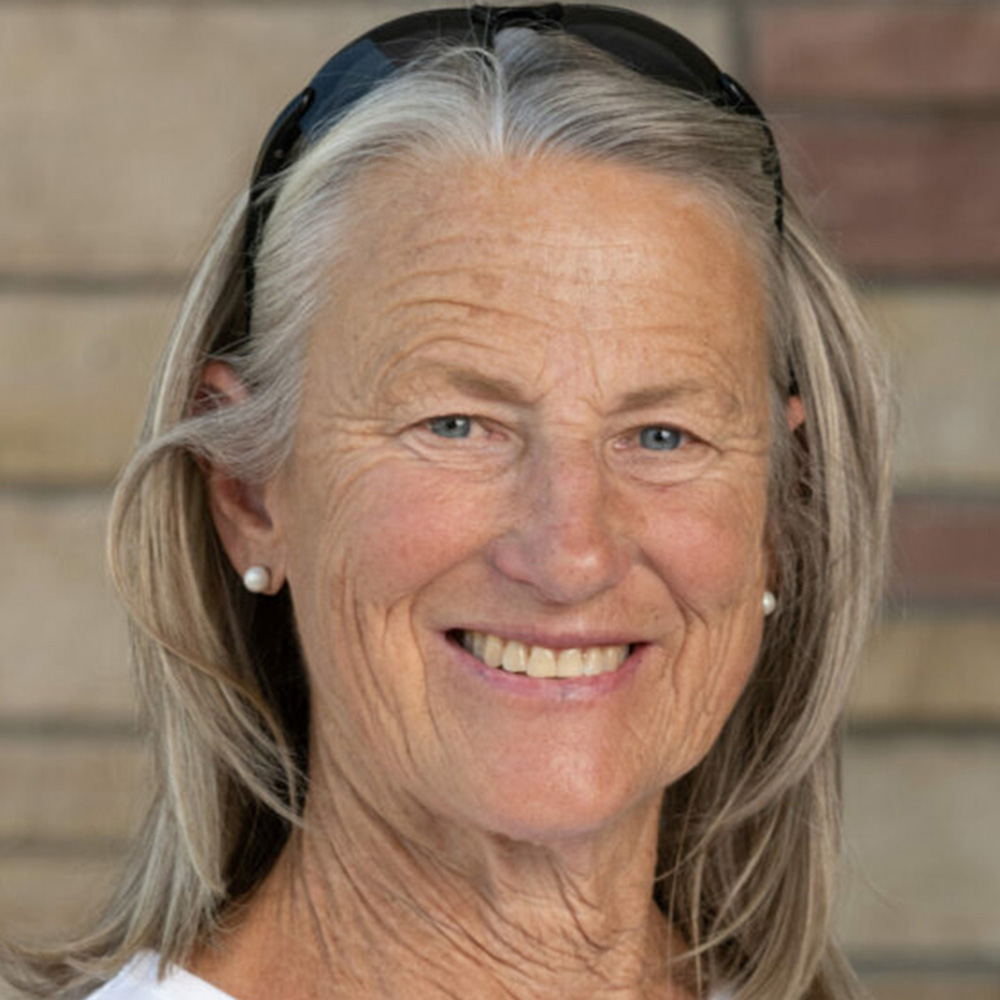
Veterinary Extension specialist with the College of Veterinary Medicine and Biomedical Sciences
“I think the diminishing amount and quality of natural resources (land, water, soil, air) for grazing and growing food is the greatest challenge. Effects of climate change that were once subtle and suspect to most who were not specialists are becoming profoundly obvious. Population growth has exploded, and municipalities throughout the nation are vying with agriculture for precious natural resources by drying up farms for urban water needs, using farmed lands for housing developments, decreasing the available soil and vegetation that can slow the carbon dioxide release into the atmosphere by paving surfaces and removing trees, and degrading air quality by man-made activities. The United States is one of the top three agricultural countries in the world. If we lose the land and natural resources to grow and graze food, we will depend on food imports, which bring with them the greater risk for crop and livestock disease.”
Dr. Sarah Raabis
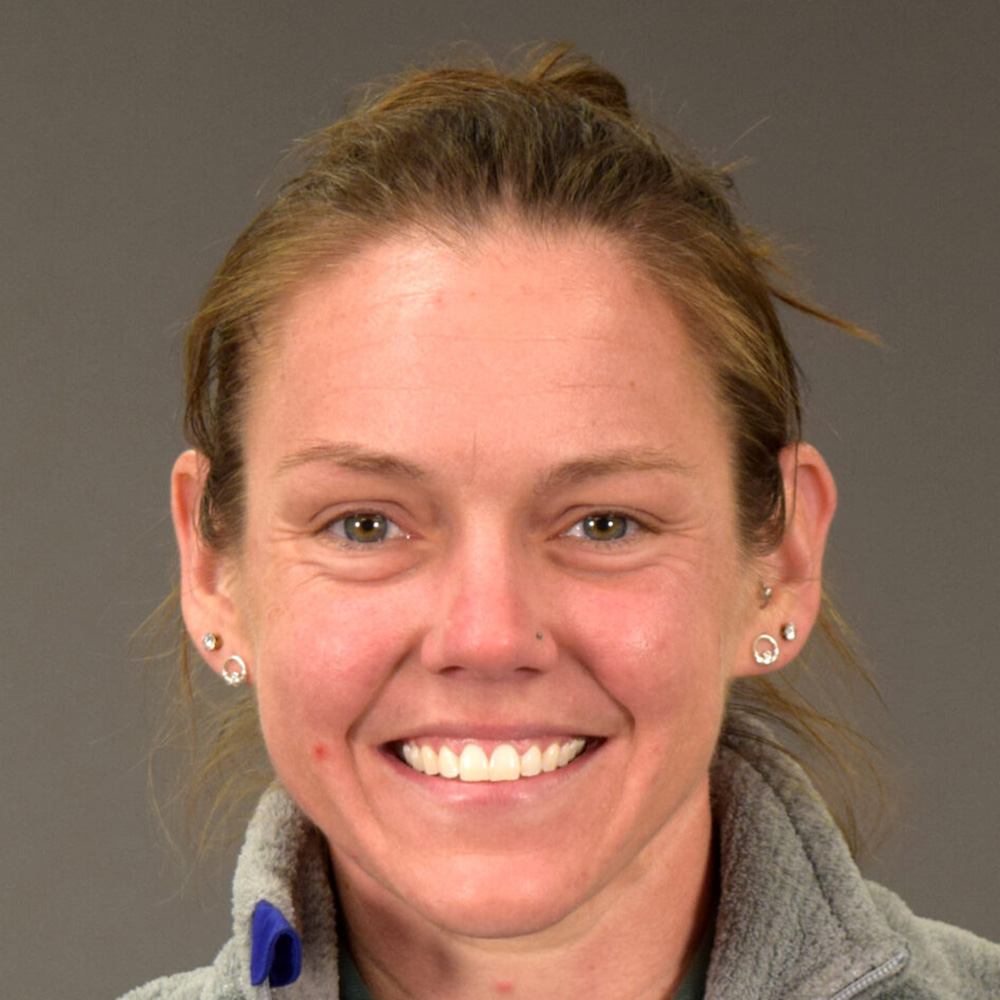
Assistant professor of livestock medicine and surgery in the Department of Clinical Sciences
“Animal health is highly correlated with welfare and productivity, and both are vital for sustaining the future of animal agriculture. At CSU, I think there is a huge opportunity to improve our understanding of disease susceptibility and resistance in livestock, especially as it pertains to multifactorial diseases. A significant challenge to the future of agriculture is public perception and understanding of how food is produced. Advertisement money can make it look like animal health and environmental wellness are being considered at a company, when that might not be true. There is also very inconsistent messaging about agricultural products in the media and advertising (“all natural,” “cage free” and “happy cows”). The definitions of these labels are not consistent and are mostly unregulated.”
Whitney Pennington

Outreach lead, High Plains Intermountain Center for Agricultural Health and Safety in the College of Veterinary Medicine and Biomedical Sciences
“In this time of unprecedented flux post-pandemic, labor shortages and climate change present challenges to agriculture. Prioritizing and protecting the health and safety of workers will enable us to meet these challenges and strengthen the foundation of the food systems — the people who make the production of food and fiber possible. Agricultural businesses have the opportunity to invest in emergency preparedness, heat illness prevention, safety leadership and more to support worker wellbeing and mental health and build resilience among the workforce.”
Franklyn Garry

Coordinator of integrated livestock management with AgNext
“I think a lot depends on whether you’re asking from a resource use perspective, a sustainability perspective, a societal opinion and policy perspective, a climate change perspective. There are three essential needs for society — food, water and shelter. Food is the specific domain of ag, but water is also intimately associated with ag. So, ag issues cover two of the three essential needs of humanity. The challenges are hard to boil down to a single topic. One of the remarkable features of our post-modern society is that ag production has been so successful that most people can choose almost any diet they wish without ever thinking about how the ag system delivered it to them. But complexity breeds fragility, and there are many challenges that are not well understood by the non-ag community. One of the biggest challenges is that funding for problem-solving ag research is a fraction of the funding for human medical research. It leaves us in a difficult place.”
Greg Thoma

Director of agricultural modeling and assessment at AgNext
“Our greatest challenge is to sustainably feed the world. Here, sustainable means two things: feeding the growing population until the anticipated plateau around 2050 and maintaining and improving ecosystem services so that all future generations can also feed themselves.”
Kim Stackhouse-Lawson
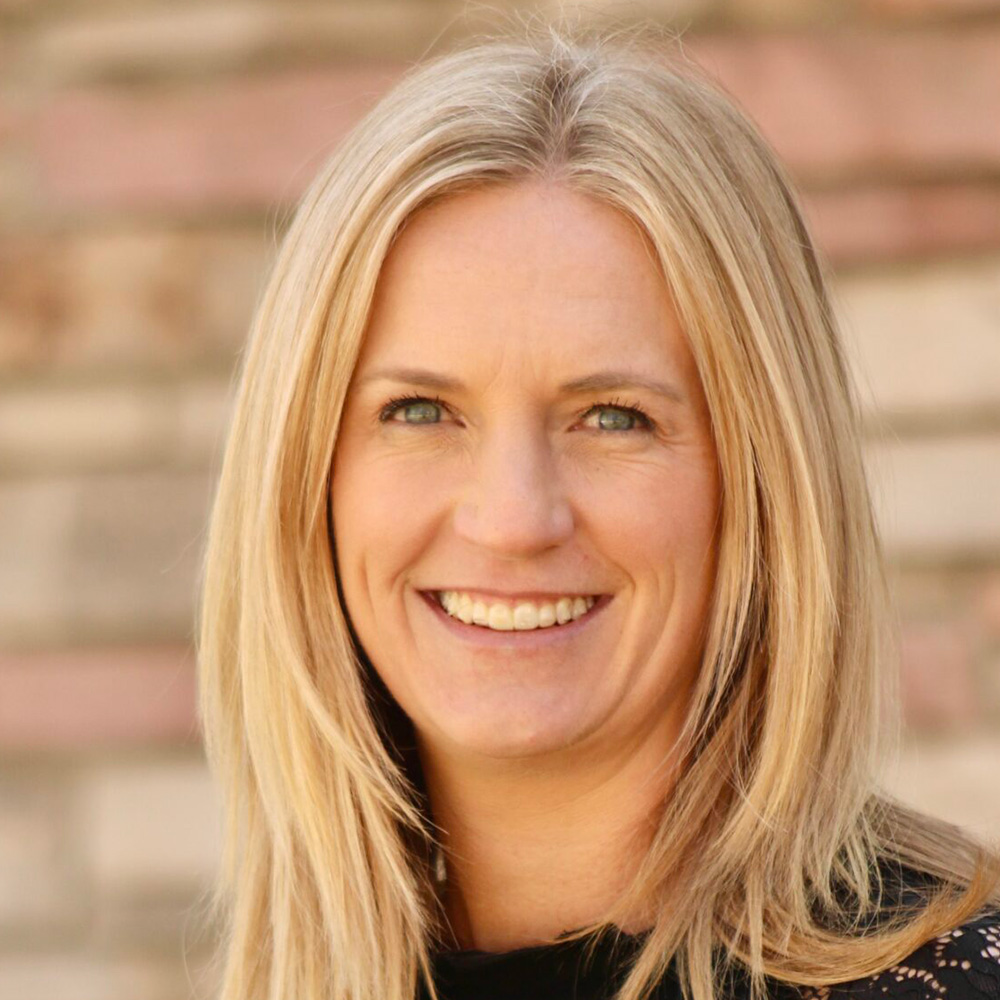
Director of AgNext and professor of animal sciences
“The most significant challenges are primarily cost related – the cost of land, labor, access to capital, technology, regulation, intergenerational transfer, etc. – and the greatest opportunity is to meet the growing demand of food in a new way, with greater transparency and more technology, with the intent of redefining the social intrinsic value of agriculture production.”
William Parton
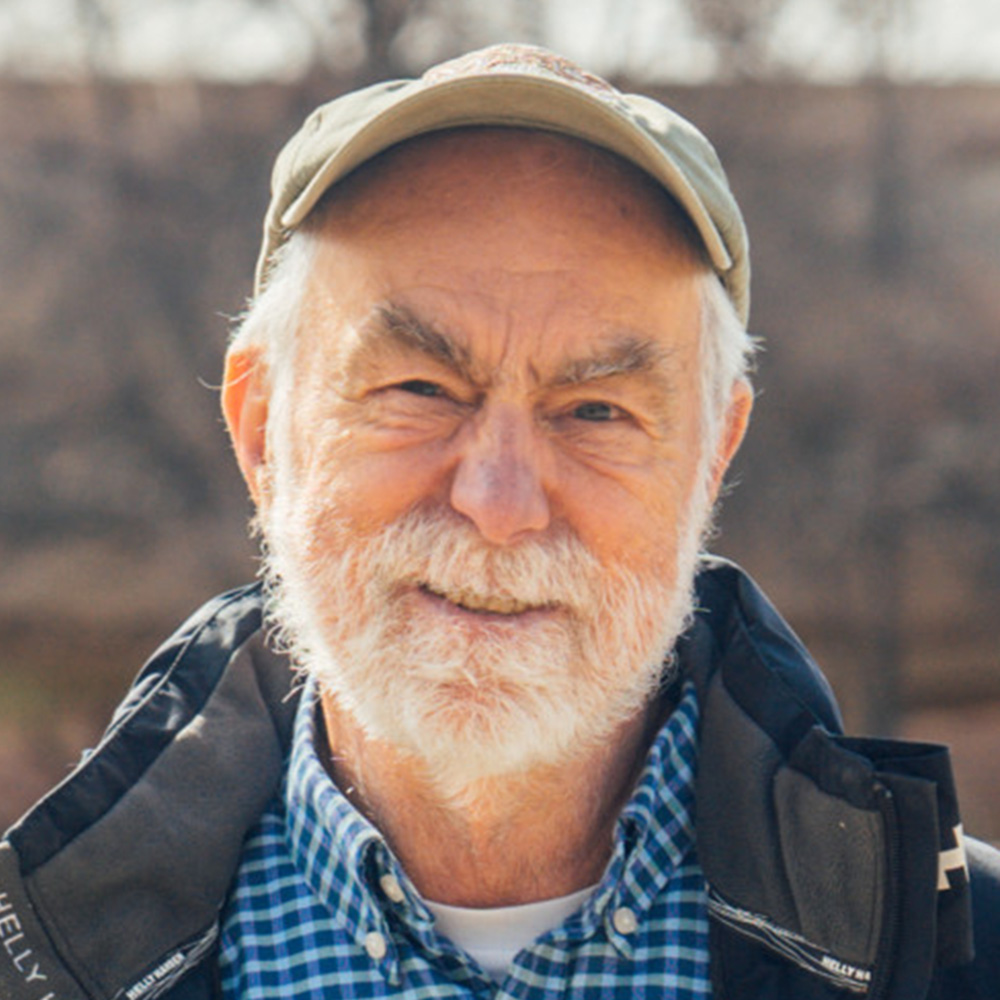
Professor emeritus and senior research scientist with the Natural Resource Ecology Laboratory in the Warner College of Natural Resources
“The biggest challenge for agriculture is to promote the use of sustainable agricultural practices that reduce greenhouse gas emissions and sustain current crop yields. Using grassland/crop rotations, adding compost and manure, proper timing of fertilizer, winter cover crops, reducing the use of fallow, sustainable grazing practices and using slow-release fertilizer all reduce greenhouse gas emissions and sustain current crop yields. We need to find ways to promote the use of these practices by the farmer/rancher community with economic incentives and other approaches.”
Adrian Card

CSU Extension food and agriculture state specialist
“Farmers and ranchers throughout the United States and in other countries struggle to recruit and retain an affordable, qualified workforce. This is most acute in ‘high-touch’ sectors of agriculture, such as fruit and vegetable production. Much like other parts of the U.S. economy, automation solutions are emerging, especially in the area of vegetable weeding. CSU is leaning into this by tracking the development and market deployment of this agricultural technology and connecting Colorado farmers with opportunities to explore its applicability to their operations.”
Nathan Mueller
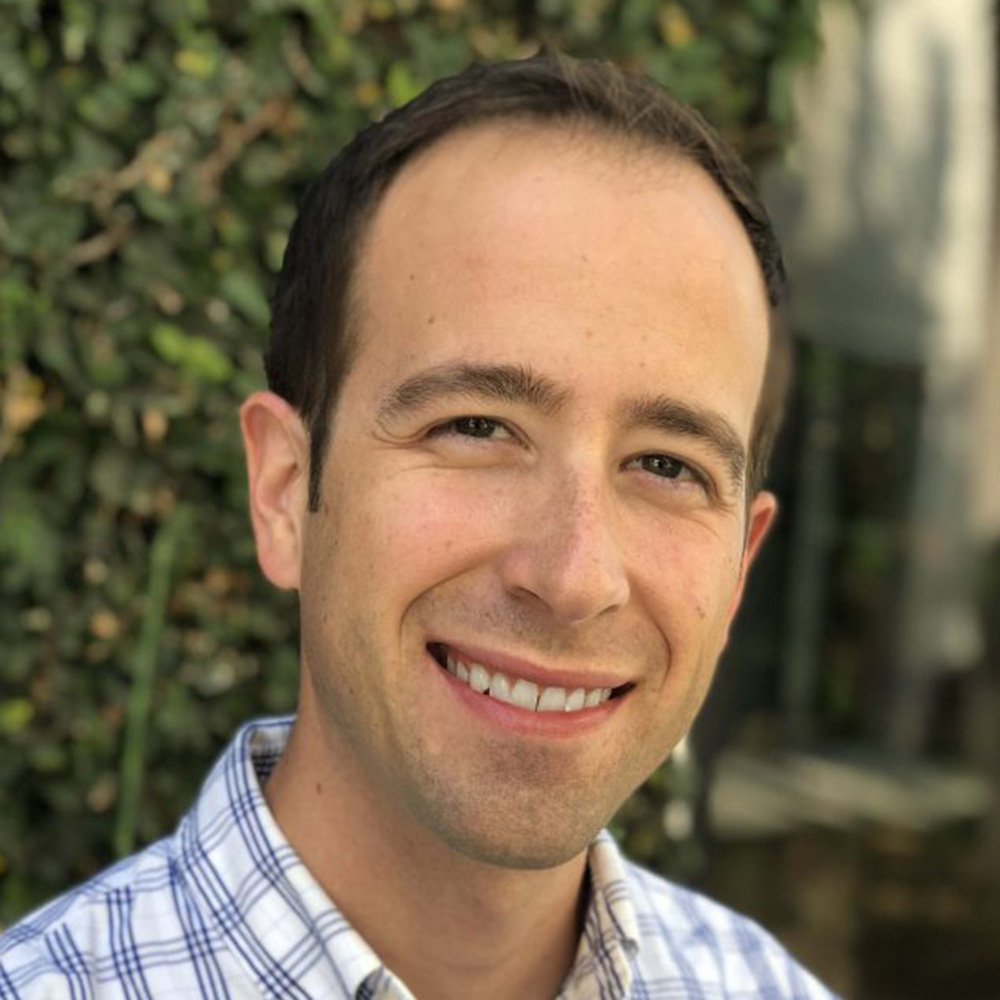
Assistant professor in the Department of Ecosystem Science and Sustainability and the Department of Soil and Crop Sciences
“Climate change is, hands down, the biggest challenge and the biggest opportunity for the future of agriculture. Reaching a ‘net zero’ food system will require collaboration and innovation across the globe, given that food systems currently emit about a third of global greenhouse gases. At the same time, agriculture fundamentally depends on climate, so it’s essential that we identify the best ways to adapt agricultural systems to a changing climate and help farmers manage climate risks.”
Rebecca Hill

Co-director of AgrAbility, Extension professor in the Regional Economic Development Institute (REDI) and the Department of Agricultural and Resource Economics
“The biggest challenge going into the future for agriculture will be around the sustainable use of our water resources. Over the last 50 years, agriculture has made huge strides in this as well as other areas, but continued innovation in this area will need to be made to address the increased demands on our water resources in the years to come.”
Deana Namuth-Covert
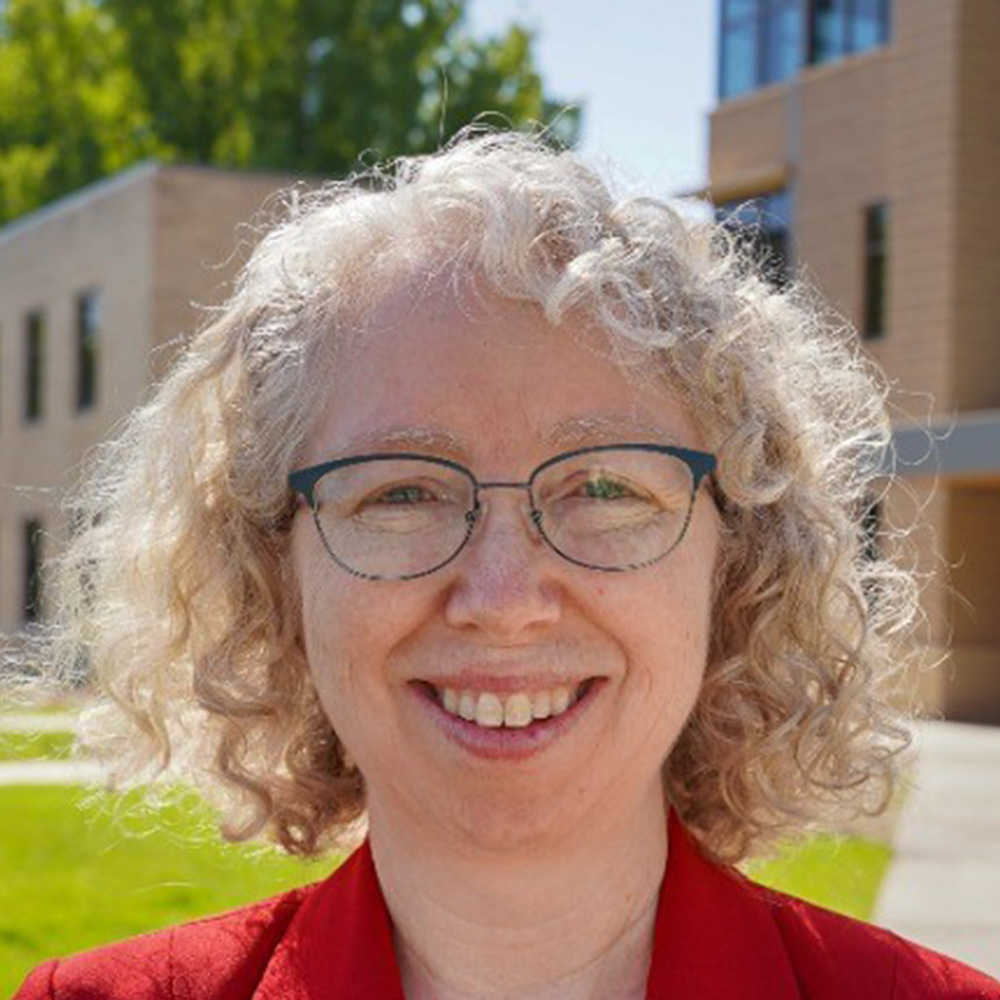
Director of ag Upskilling Academy, based in the Department of Soil and Crop Sciences
“One of the largest challenges for the future of agriculture is empowering people. The challenges we often hear of — drought, pests, producing more food on less land to feed a growing global population and in profitable ways that improve the environment — we have a lot of smart people working on those challenges from scientists to producers to policymakers. What limits us is creating empowering environments in which humans can continue addressing those challenges. People unfamiliar with agriculture may not be aware of all it takes to bring food to their table and might not understand the sustained support and investments needed for humans working in the industry to thrive.”
Carrie Chennault
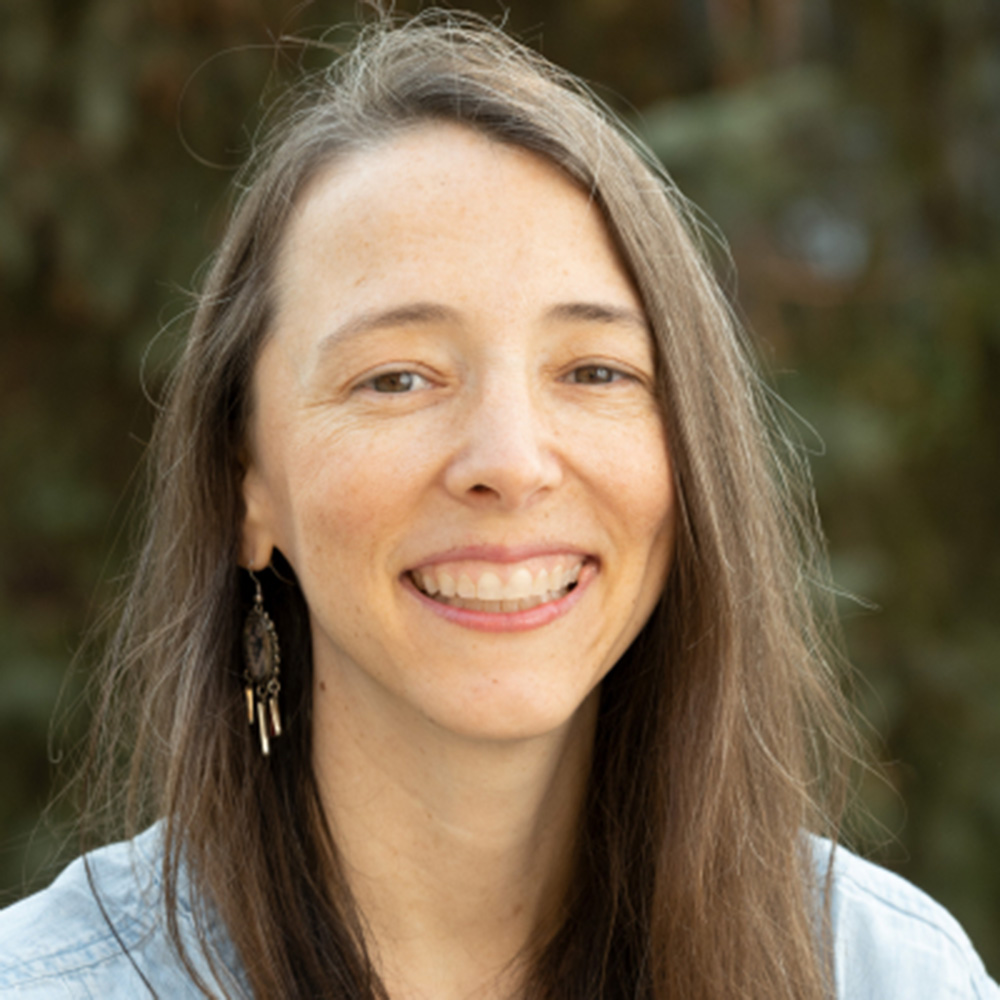
Co-director of the Prison Agriculture Lab and assistant professor of geography in the Department of Anthropology and Geography
“Building toward the future of agriculture, we have an opportunity to learn from past mistakes — rejecting farming and food systems based on harmful relationships with land, water and people, systems that were deemed necessary to produce profits for the few. The agriculture of tomorrow is here today, if we choose to recognize it. When one looks, we see communities across the globe that are prioritizing food systems that meet people’s basic needs, healing relationships with the Earth that have been damaged through plantation agriculture and factory farming, and valuing the agricultural and food workers who keep us nourished. Imagine what else they — what else we all — could do together if farming and food were decoupled from today’s powerful global agribusiness interests?”
Sonali Diddi

Associate professor in the Department of Design and Merchandising in the College of Health and Human Sciences
“The biggest opportunity for agriculture will be regenerative farming practices using both traditional knowledge and smart technologies to produce sustainable fibers like wool and cotton. Climate positive agricultural practices on wool and cotton farms pioneered by non-profits such as Fibershed enhance carbon drawdown and regenerate soil health. Emergence of regional fibersheds worldwide provide local economic development opportunities to build sustainable fashion supply chains.”
Josh Sbicca

Co-director of the Prison Agriculture Lab and an associate professor of Sociology in the College of Liberal Arts
“Corporate concentration threatens the future of agriculture. From driving overproduction and undermining prices for farmers to prioritizing crops for animal feed and fuel and accelerating a warming planet, a handful of companies are putting profits before people. Food sovereignty and agroecology movements offer another way. If we don’t act now to break up these companies and support movements that center the needs of everyday people and the environment, we face impending crises.”
John Ritten
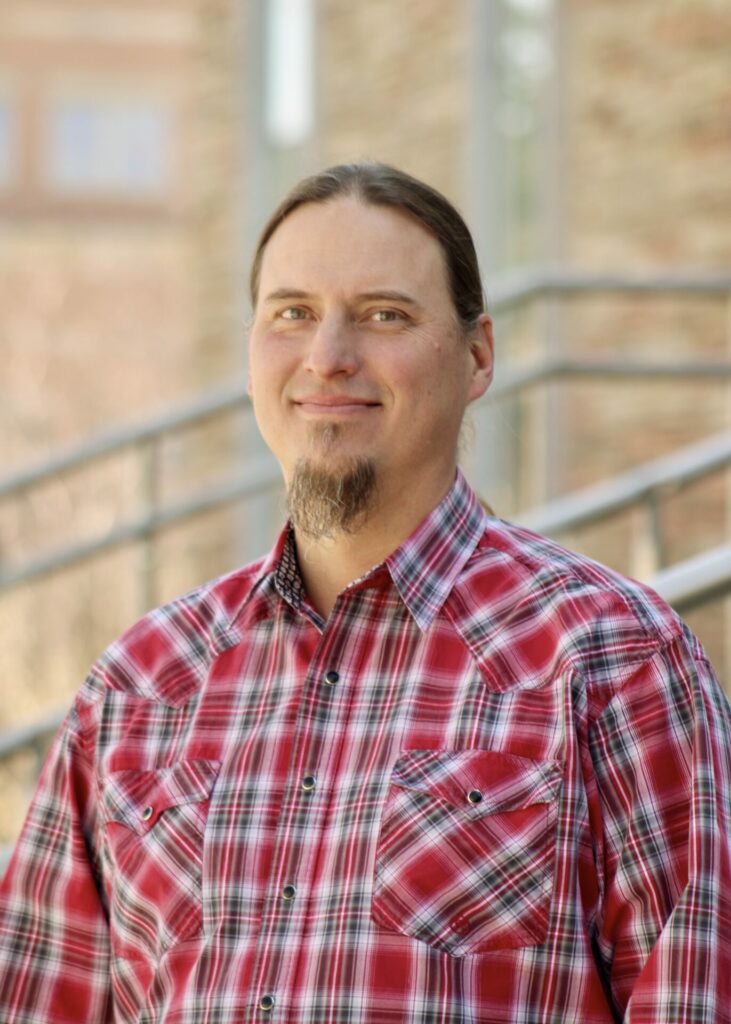
Agricultural economist and extension specialist with AgNext
“Ensuring all people — including the growing global population as well as current underserved/disadvantaged peoples — have access to nutritious and delicious food while maintaining or enhancing the worlds natural resource base for future generations.”
Read more of The Future of Ag is Now
This special report from SOURCE explores the breadth of multidisciplinary, agricultural work happening at CSU — a place where researchers, students and food producers can all gather around a kind of university-wide table to acknowledge the vital importance of ag in Colorado and beyond.